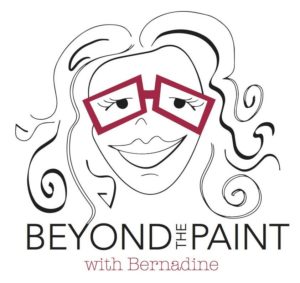
“Thine in the bonds of womanhood,” wrote Sarah M. Grimke in a letter to Mary Parker in 1838. Grimke, a resident of a South Carolina plantation, became one of the first women to speak publicly against slavery. “Bonds” symbolized chattel slavery to her and yet it holds a deeper meaning for women in this period; “womanhood bound women together even as it bound them down.” This dual aspect of women’s lives and roles is a dominant thread in my composition of a book centered on 19th century art patron, Elizabeth Colt. Elizabeth rose alongside and in the shadows of her charismatic husband Samuel, the Colt gun manufacturer and industrialist magnate. What the book will illustrate is a woman who led her husband’s company more years after his unfortunate death than within seven years of their marriage. What I am learning and curious is the ways the “Bonds of Womanhood” constrained and shaped her life.
Nancy F. Cott’s book “Bonds of Womanhood-‘Woman’s Sphere in New England, 1780-1835′” is a compelling resource that illuminates the personal narratives of women in this period and in the area where I was raised, New England’s Connecticut. It also expands my curiosity the ways the “bonds” become residuals of patriarchy in my late 20th century upbringing. I wonder what parallels I will find between myself, the women in my family (early 20th century immigrants from Italy) and the women of Hartford in this book adventure.
